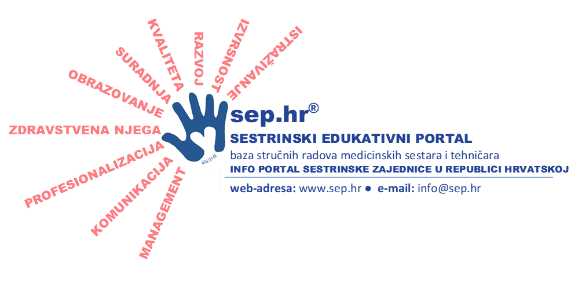Autori: Suzana Rozman
Ustanova zaposlenja: UKC Ljubljana (SLOVENIA)
Ključne riječi: Hypothermia , cardiac arest, acute myocardial infarction
Kongres/Simpozij: ”5. Međunarodni kongres HDMSARIST-a” i ”8. Međunarodni kongres WFCCN-a”
Mjesto i vrijeme održavanja: Šibenik, 12.-15. travnja 2012. godine
Background: The most common cause of sudden cardiac arrest is coronary artery disease. More than 50% of the patients die before reaching the hospital and at discharge survival rates remain as low as 5%. Hypothermia has been demonstrated to decrease post resuscitation brain injury and improve the survival in comatose patients. The era of mild induced hypothermia in the University Medical Center Ljubljana begun in 2003.
AIM: The aim is to develop nursing profession and standards for induced hypothermia, ensuring quality holistic nursing care and best teams.
Results: Between the years 2003 – 2008, 466 (until 2010, 701) consecutive patients were admitted after resuscitated sudden cardiac arrest including 359 (until 2010, 541) comatose survivors (77%). Hypothermia was induced in 68%. 57% of patients survived and majority survived with good neurological outcome (cerebral performance category 1,2). The nursing practice has improved through those years, especially the time management and efficiency of reaching the target body temperature.
Implication for Practice: The results showed that good strategy and nursing care may improve survival with good neurological recovery. The nursing role in process of lowering patient’s body temperature is very important. The target body temperature of 32°C – 34°C should be reached as soon as possible, and should be maintained for 24 hours. Nurse should be aware of all side effects, complications and physiological signs and promptly react in case of adverse events. Education and training of critical care nurses play an important role.
